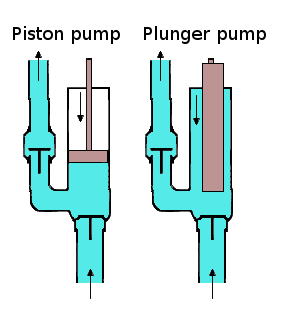Growing up
I have recently decided to start playing with the grownups. In the past few months, I have moved from using a Raspberry Pi for my webserver, to using a remotely hosted Virtual Private Server(VPS).
My previous post on OwnCloud on the Raspberry Pi has garnered a bit of attention, and seems to have helped a few people out. I couldn't be happier about that! Unfortunately, the Pi has gone dormant for the past few months as I had moved my OwnCloud instance to an old laptop with a bit more RAM and beefier processor.
On to the VPS
Alas, I have also managed to outgrow the laptop. I feel that the laptop was always a stopgap measure, because it is eventually going to be converted into a digital picture frame, but since I keep messing with these web-services, the start date keeps getting pushed back for that little project. This past week, I moved to VPS. I found it on LowEndBox.com for $3.95 per month, from WillHosting.com. Now, this isn't the most powerful VPS, but it has 512MB of RAM, two CPUs, and 60GB of storage. It also runs CentOS, which seems to be a bit of a Fedora derivative. I also get 1TB of bandwidth a month. I am pretty impressed, for $4/month.
Now, I have managed to set up a new instance of OwnCloud, and have also tacked on an instance of Tiny Tiny RSS(TT-RSS). I was heartbroken about Google's big spring cleaning news, so I took it upon myself to make sure that no one can take my RSS reading addiction away again.
A Real Database
I did something a little different this time 'round. Instead of relying on SQLite for OwnClouds database, I decided to do a full jump into MySQL. Either MySQL or PostreSQL is required for Tiny Tiny RSS, so I figured it was time to step into the big database world. It was not too difficult to run some searches to figure out how to build the tables required, to create MySQL users for each service, but I am starting to look into database optimization.
Why optimize something that is only used by one person? Well, on day 2 of using the services, particularly TT-RSS, I noticed a major slowdown. It didn't really seem that the server was under any kind of load, but I was worried that there was something wrong with the MySQL database. After running mysqltuner.pl, I found out that, compared to the instance on my laptop, that there was no caching being done of any of the queries or threads. So, I managed to set those up and have been noticing a steady increase in speed. I also learned that since TT-RSS uses innoDB that I should look into a few other issues. I have not had a chance to try the steps listed in that guy's threads, but I hope to do it soon.
To the Future
Another reason that I decided to implement a more robust database service is because I am planning to start offering these services to friends and family. I am getting ready to start what I am dubbing an 'Internet Services Cooperative.'
On a Quick Side Note
I have also managed to finally move away from using GoDaddy for my domain registrar and moved to NameCheap! It was an amazingly smooth transition.





